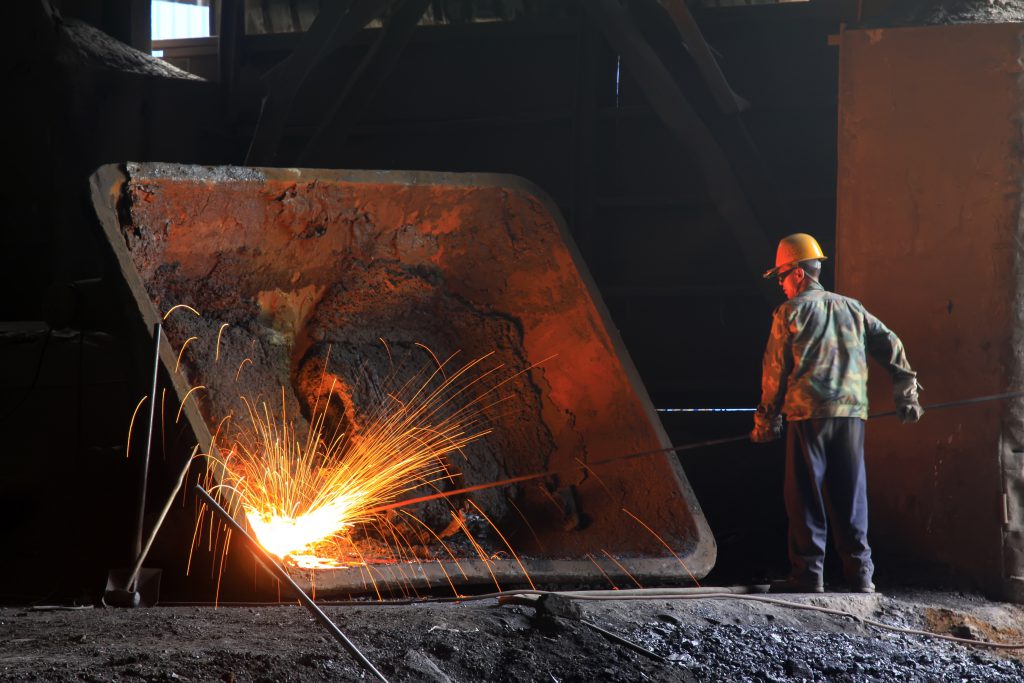
And China’s state-sponsored mills share a lot of the blame.
President Obama is out and about this week.
On Thursday, he hit the Lake Tahoe Summit to deliver remarks on the environment. Today, he's hit Hawaii before he flies on to Midway Atoll for another reflection on his administration’s environmental protection efforts.
Then, it’s onto China, where he’s gonna be all business.
No, seriously: It’s gonna be all business over there. President Obama is attending a meeting of the Group of 20, that forum of leaders and finance ministers from the world’s largest economies. China is 2016’s G20 chair, and it’s hosting the meeting in the city of Hangzhou.
There’s always a lot to discuss at such meetings. We’re talking about whole economies here! According to the Wall Street Journal, China will want to talk about “‘green’ finance, tax transparency, financial regulation and other areas in a G-20-coordinated Hangzhou Action Plan that will allow it at least a symbolic chance to demonstrate global leadership.”
Everyone else, though, is gonna want to talk about overcapacity, particularly in the steel industry.
"At the root of the overcapacity problem is a supply and demand imbalance caused by the buildup of production capacity." Lukas Brun, Duke University Center on Globalization, Governance & Competitiveness
Here’s what’s up: There’s entirely too much steelmaking going on out there in the world – much more than market demand is calling for, and this flood of steel products is depressing steel prices everywhere.
Where’s it coming from? China. The steel industry there has grown exponentially in the last 15 years, so that China alone now produces approximately half of all steel made in the world each year.
How does it do so? With the help of massive government support. China has plenty of reasons to keep its state-backed steel sector humming, but the world’s insatiable demand for Chinese steel isn’t among them. A new report from researchers at Duke University (go Blue Devils) delves into the issue, noting that China increased its capacity for crude steel production by 662 percent between 2000 and 2014.
That is crazy.
How did the Chinese steel industry get to this point? Well, again, China’s economy is governed by a model of state capitalism – the “widespread influence of the government in the economy, either by owning majority or minority equity positions in companies and/or through the provision of subsidized credit and/or other privileges to private companies.” As such, Chinese steel mills regularly receive preferential loans or directed credit, low- or no-cost land use, direct cash grants for construction projects, and straight-up government involvement in managerial decisions.
And despite repeated promises, China hasn't slowed steel production.
What has that meant for American steelworkers? A lot of lost jobs.
President Obama is expected to bring up steel in discussions with his Chinese counterpart; U.S. Treasury Secretary Jack Lew said as much just before leaving for the G20 meeting himself.
But you can get involved too, by making sure the administration knows just how much Americans care about this important issue. China’s government keeps feeding its bloated steel sector, wrecking the international steel market, and exporting its own employment problems around the world.
That’s not fair. You can write President Obama right here, through this form, to let him know that America is watching for progress on this issue.
